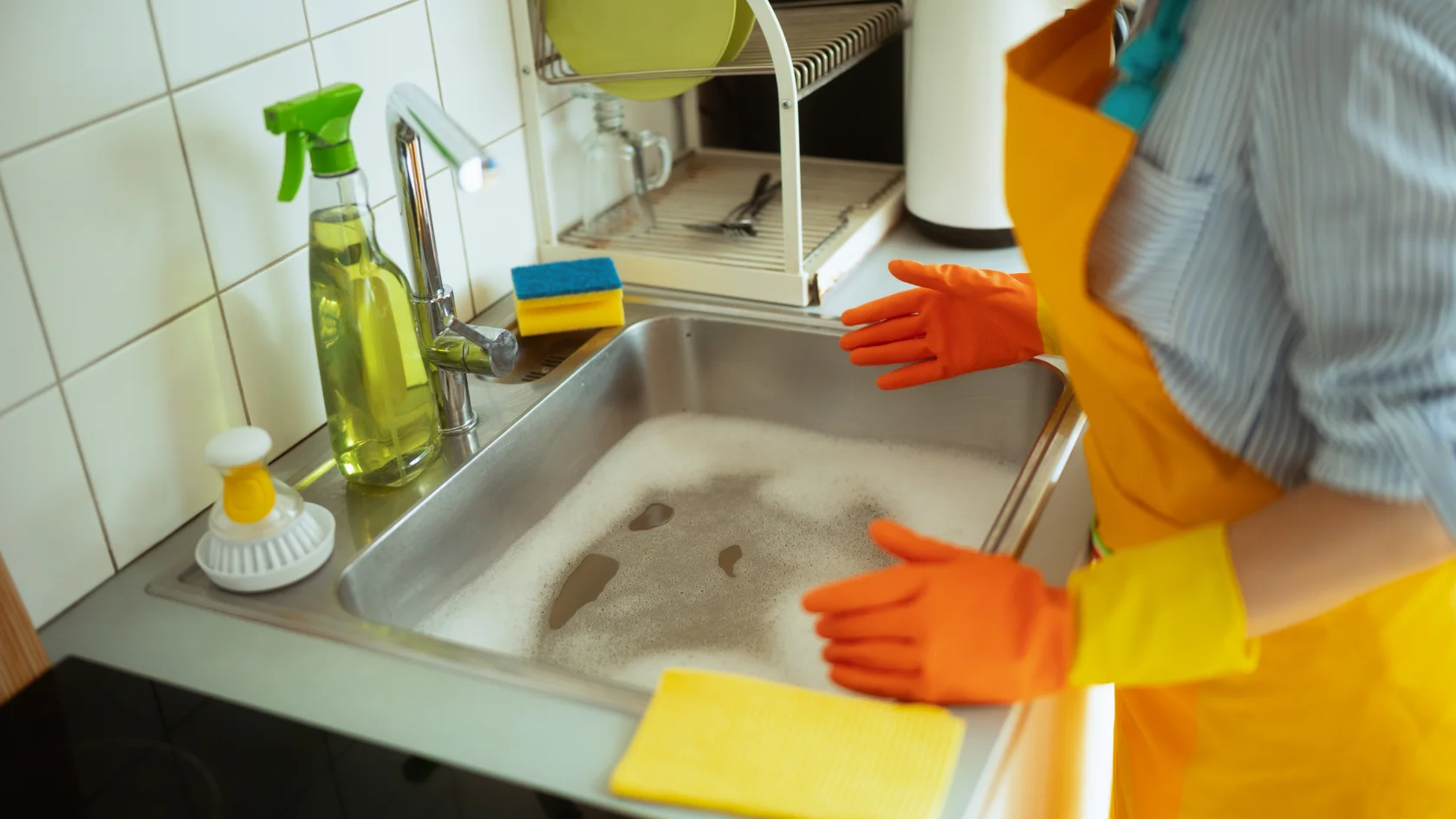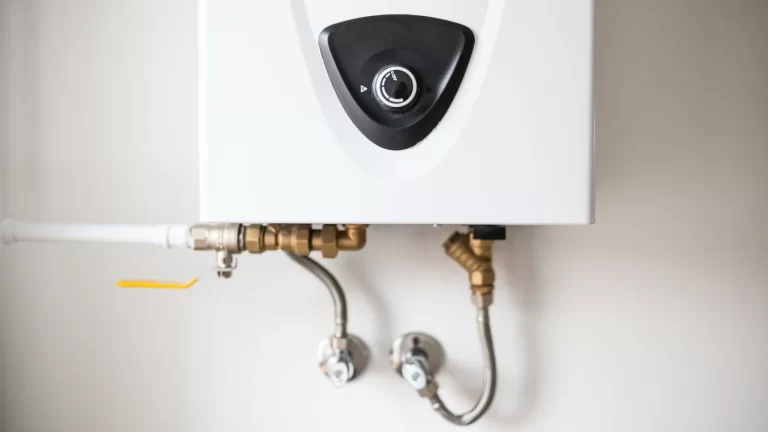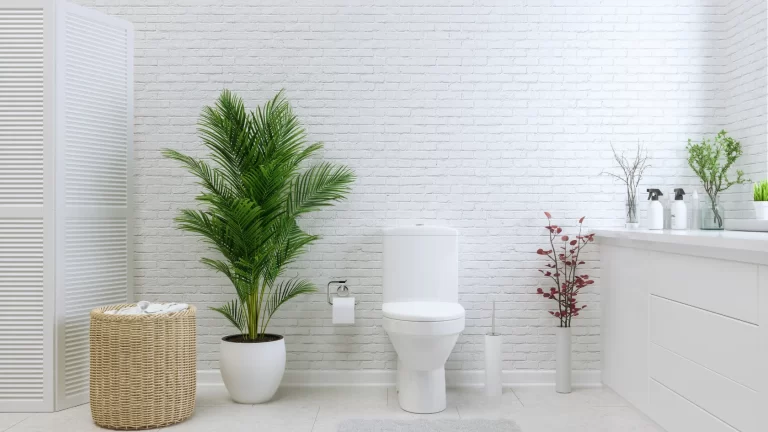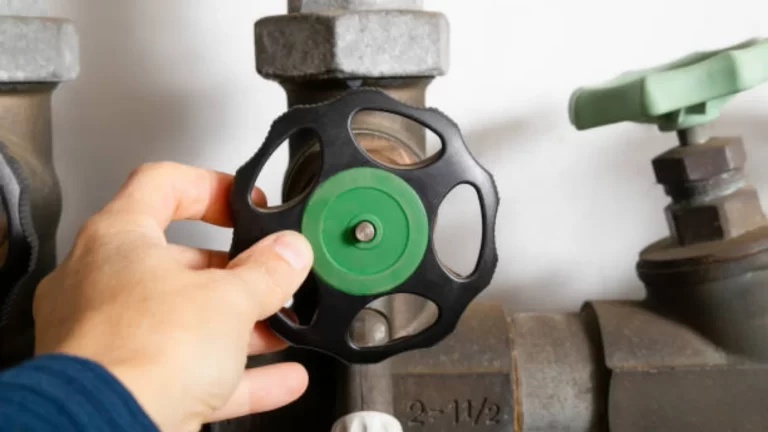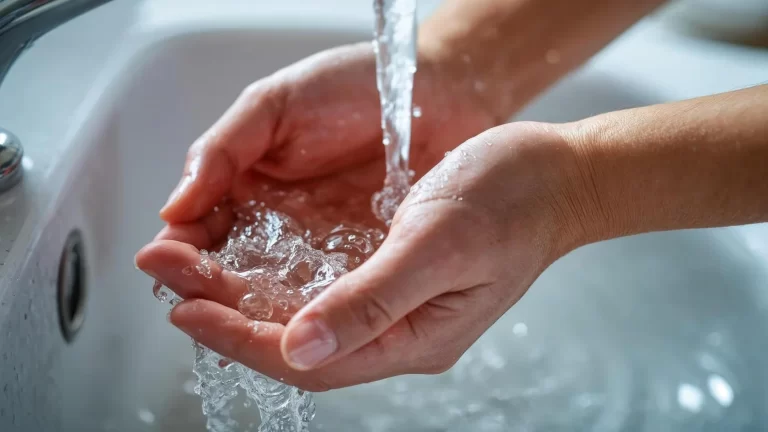You’re washing dishes when suddenly, the sink fills with murky water that just won’t go down. Or maybe your shower starts pooling at your feet after a long day. A drain clogged at the worst time is a homeowner’s nightmare — but it’s also one of the most common plumbing issues in Toronto homes.
If you overlook clogged drains, they can generate unpleasant odours, slow down your daily routine, and potentially require expensive plumbing repairs. In the long run, knowing why clogs occur and how to avoid them can save you time, money, and irritation, even while a plunger or other do-it-yourself approach could provide short-term relief.
In this blog, we’ll walk through the most common causes of drain clogs, how to clear a clogged drain safely, and the best ways to prevent clogged drains in your home. You’ll also learn when it’s time to call professional plumbers like Absolute Draining & Plumbing, Toronto’s trusted experts in drain cleaning and plumbing repair services.
Contact us today through our form or call +1 (416) 252-5557 for expert plumbing, drain, and related services in Toronto, Etobicoke, Mississauga, and across the GTA.
What Causes Drains to Clog?
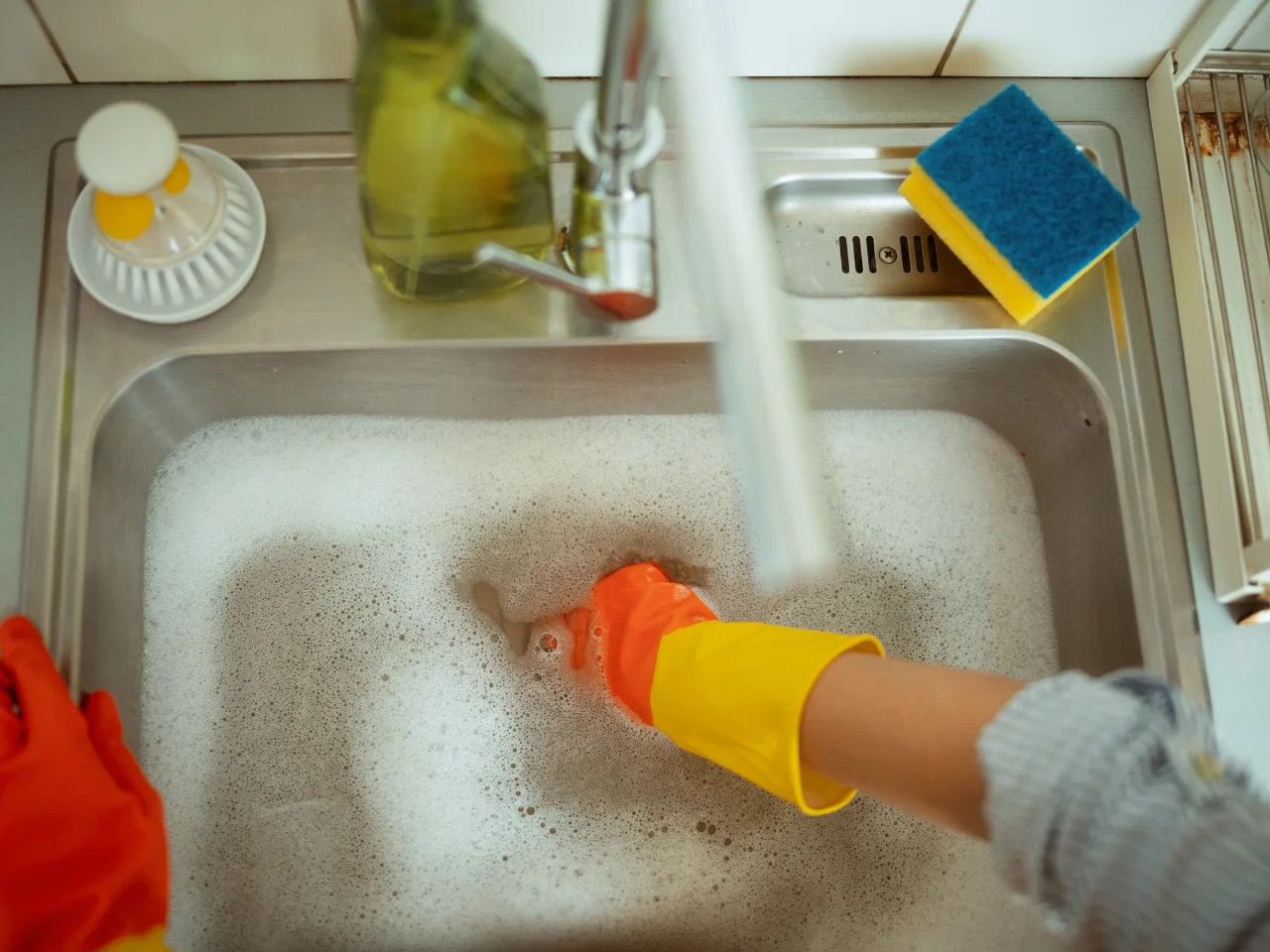
Drains clog for a variety of reasons, depending on where the blockage forms and what materials are involved. While the problem may seem simple — water isn’t flowing properly — the cause can be more complex.
1. Grease and Oil Buildup
One of the biggest culprits in kitchen sinks is grease or oil. When hot, grease seems harmless and easy to pour down the drain. But once it cools, it solidifies inside the drain pipe, trapping food particles, soap scum, and other debris. Over time, this sticky buildup narrows the pipe and slows water flow.
Tip: Oil or grease should never be poured down the sink. Instead, store it in a disposable container and throw it in the garbage once cooled.
2. Hair, Soap, and Gunk
Bathroom sinks and tub drains often get clogged with a mixture of hair, soap scum, and dirt. This gunk forms sticky clumps that stick to the inside of your PVC pipe and reduce water flow.
Tip: Use a drain strainer or stopper to catch hair before it goes down. Clean drain stoppers weekly to prevent buildup.
3. Food Scraps and Coffee Grounds
Even if you have a garbage disposal, certain items should never go down your kitchen sink. Potato skins, eggshells, and coffee grounds don’t break down easily. They can mix with grease and soap to form stubborn blockages.
Tip: Food leftovers should always be disposed of in the compost or garbage before dishwashing.
4. Foreign Objects and Non-Flushables
Toilet and bathroom drain clogs often come from items that should never be flushed, such as baby wipes, cotton swabs, or feminine hygiene products. These don’t dissolve and can block the main drain line, causing backups throughout your plumbing system.
Tip: Only toilet paper and human waste should be flushed. Even “flushable” wipes can cause a drain blockage over time.
5. Incorrect Pipe Slope or Venting
Incorrect installation of your drainage system may cause issues with venting or slope. A pipe that is too steep causes water to flow too quickly, leaving waste behind, whereas a pipe that is too flat allows standing water to accumulate. Inadequate ventilation might also result in poor drainage and odours of sewer gas.
Tip: If multiple fixtures are draining slowly or gurgling, it might be a venting or main line issue. That’s the time to call a professional plumber.
How to Clear a Clogged Drain Safely
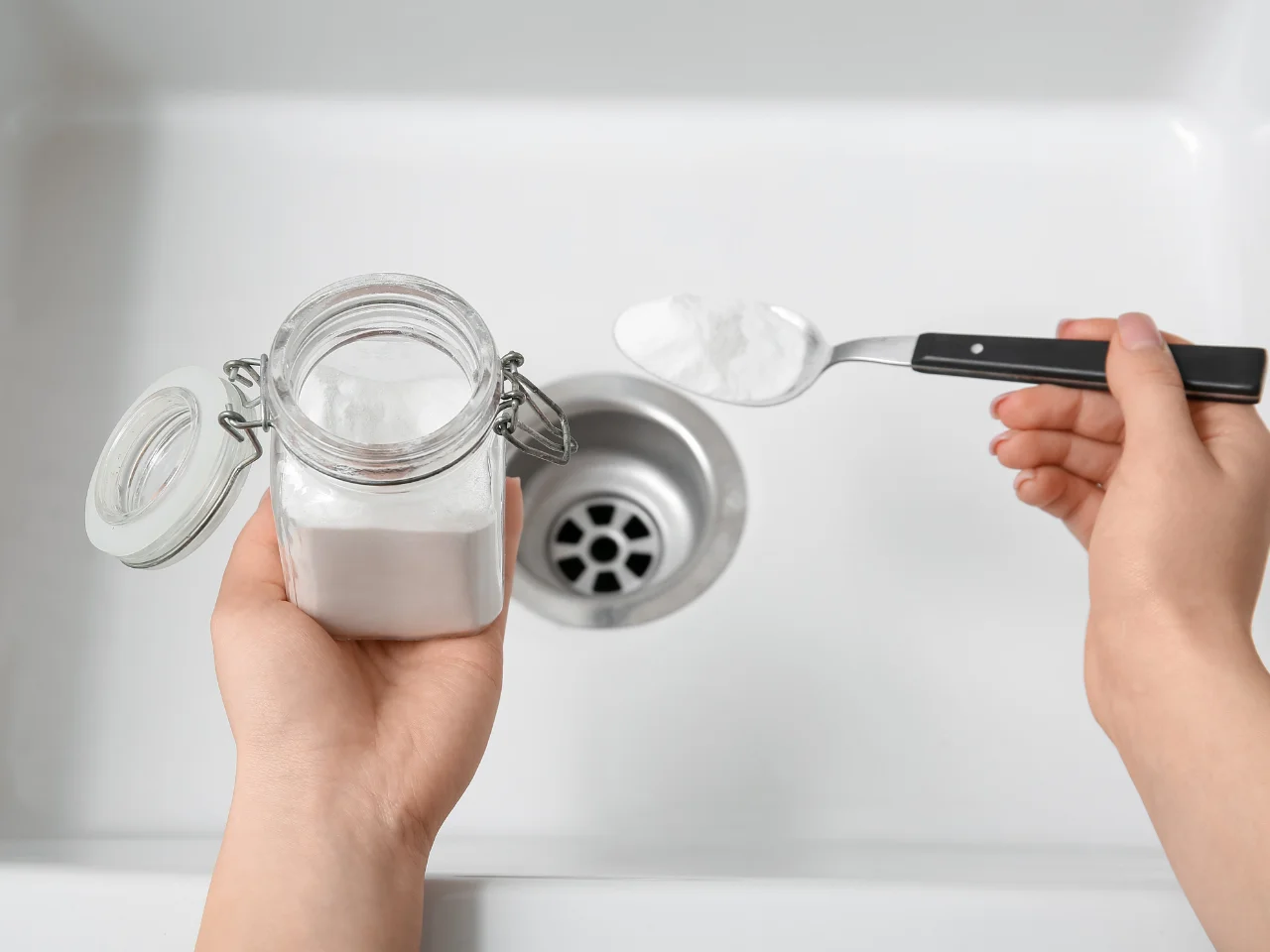
Before you reach for harsh chemicals, it’s worth trying a few safer methods to unclog a sink or fix a clogged drain. Here are several effective ways to clear the drain and restore proper flow.
1. Use Boiling Water
For minor clogs caused by soap scum or grease, boiling water is one of the simplest and safest methods.
Steps:
- Boil a full kettle or pot of water.
- To effectively remove the buildup, slowly pour boiling water down the drain in stages.
- Repeat once or twice if needed.
This method helps dislodge soft grease and residue. However, avoid using boiling water on PVC pipes. Instead, use hot tap water to prevent damage.
2. Baking Soda and Vinegar
This natural, chemical-free method can help clear a clogged drain effectively and safely.
Steps:
- Prepare a cup of vinegar and a half cup of baking soda.
- Pour first the baking soda and follow it with vinegar.
- Once poured, cover the drain with a plug and wait 10–15 minutes.
- Flush the drain with boiling water or hot tap water.
The fizzing reaction helps break down gunk and remove odours — perfect for kitchen and bathroom sinks.
3. Plunger Technique
Sometimes, a simple plunger is all you need to clear the clog and restore water flow.
Steps:
- Just enough water should be added to the sink to cover the plunger’s cup.
- Place the plunger directly over the drain and plunge vigorously for 15–20 seconds.
- Repeat if necessary.
To maintain suction when working on a double sink, be sure to use a wet cloth to block the other drain.
4. Drain Auger or Snake
For stubborn clogs deeper in the drain line, use a drain auger (or plumber’s snake).
Steps:
- Insert the cable of the auger into the drain until you feel resistance.
- Turn the handle to break up or dislodge the clog.
- Pull out any debris and flush with hot water.
This method works well for tub drains and main drains that are beyond the reach of a plunger.
5. Avoid Chemical Drain Openers
Products like Drano or Liquid-Plumr may promise a quick fix, but they often do more harm than good. These chemical cleaners can corrode pipes, damage seals, and harm the environment — especially with frequent use.
If you must use them, do so sparingly and only for emergency cases. Always follow the instructions and never mix them with other cleaning solutions.
Contact us today through our form or call +1 (416) 252-5557 for expert plumbing, drain, and related services in Toronto, Etobicoke, Mississauga, and across the GTA.
Kitchen Sink Troubleshooting: What to Do When Water Won’t Drain
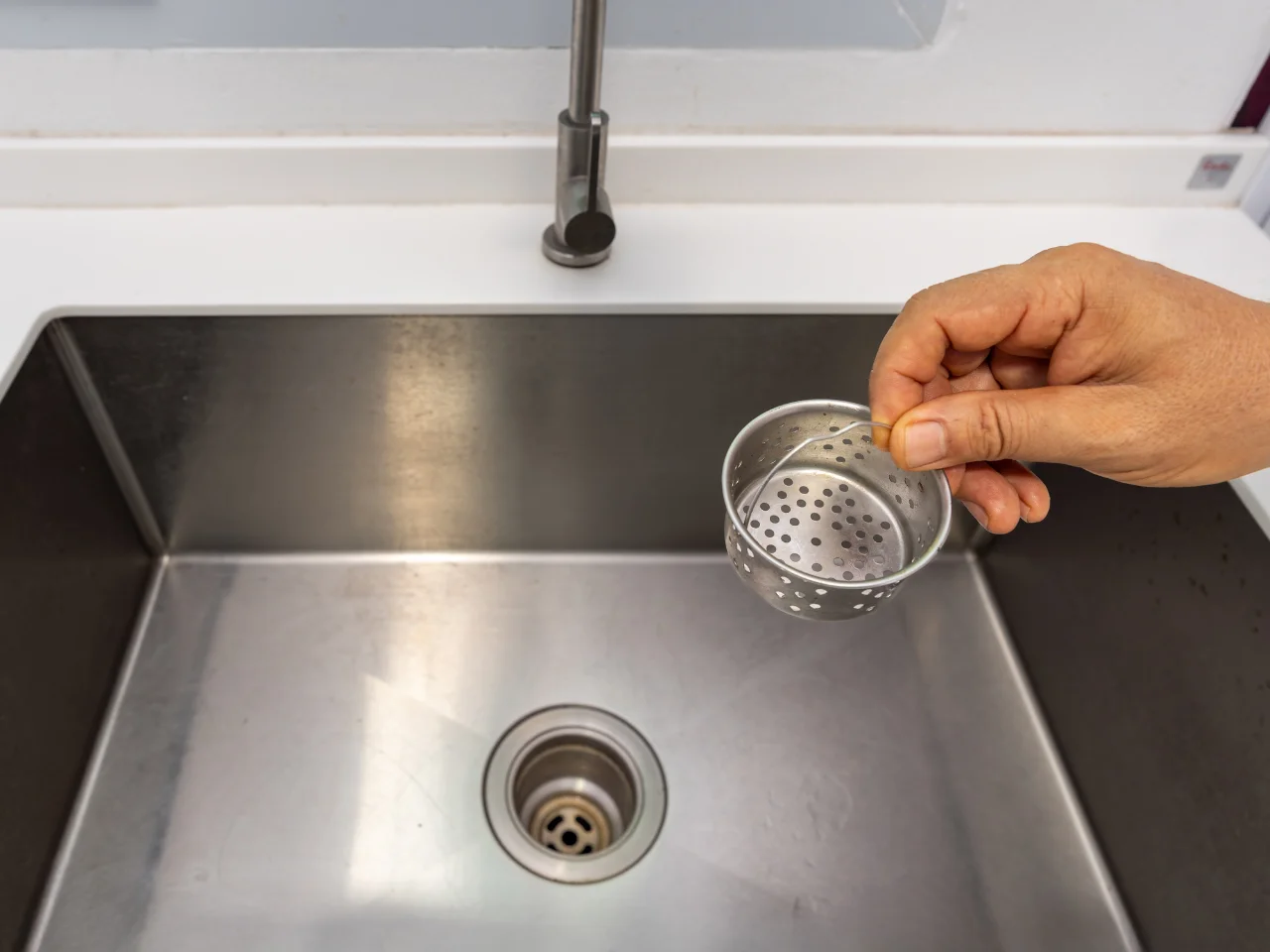
A clogged kitchen sink is one of the most common household issues. Here’s a quick guide to help you unclog a kitchen sink safely.
Step 1: Check the P-Trap
The P-trap (the curved section under your sink) often collects grease, food particles, and debris.
Steps to clean it:
- Place a bucket under the P-trap to catch water.
- Remove the trap by unscrewing the slip nuts.
- Clean out the gunk inside and reassemble it.
- Run hot water to test the flow.
Step 2: Try Baking Soda and Vinegar
Use the previously described vinegar and baking soda solution if the blockage continues. This may aid in clearing minor obstructions.
Step 3: Use a Drain Auger
Use a drain auger to reach the blockage if the clog is deeper in the drain pipe and more difficult to remove. To break it apart, turn it lightly.
Step 4: Time to Call a Plumber
If none of these steps work, your main drain line might be blocked. Contact a professional plumber in Toronto, like Absolute Draining & Plumbing, for a thorough drain cleaning and inspection.
Bathroom Drains: Soap Scum, Hair, and Gunk Buildup
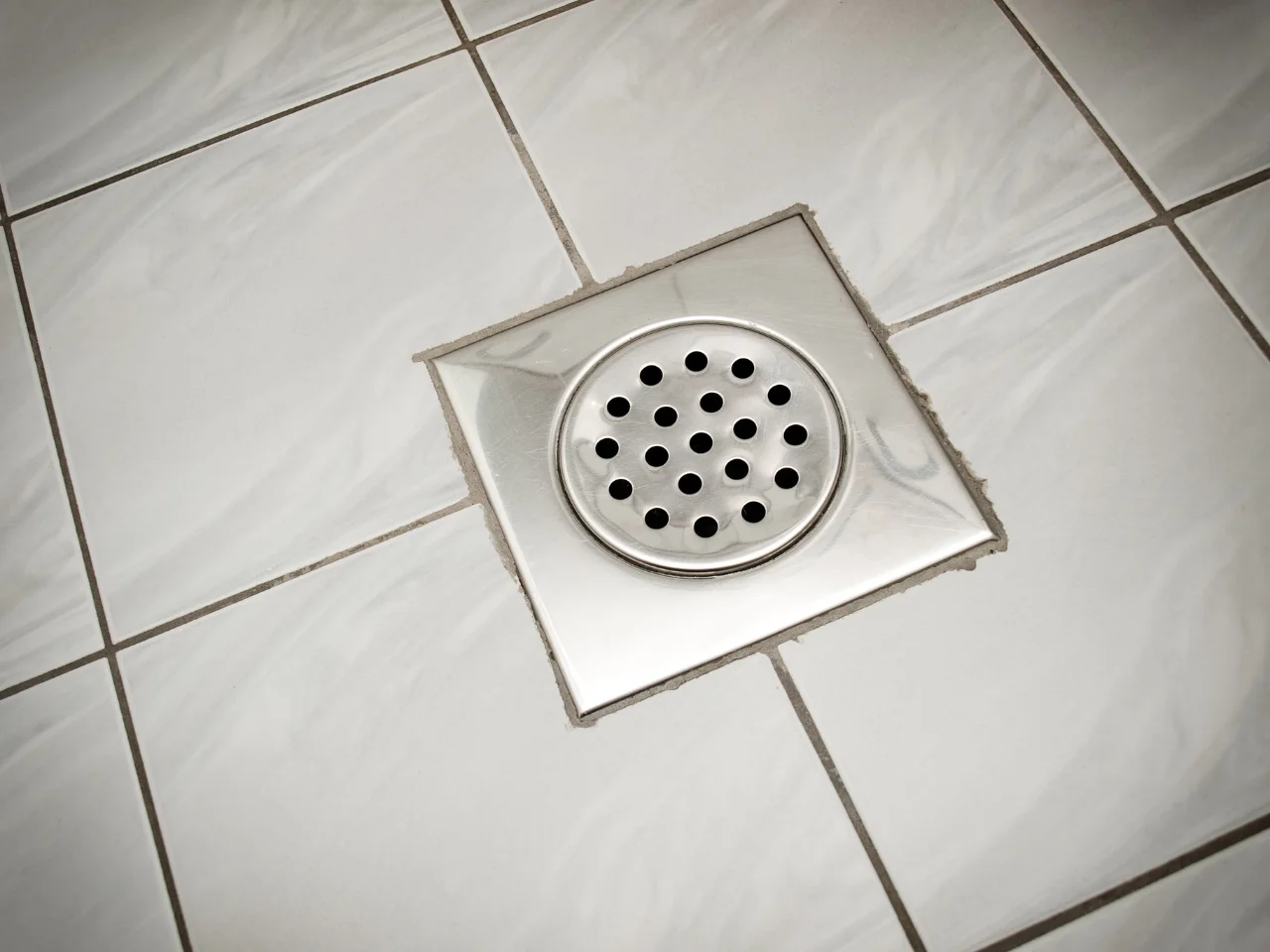
Shampoo residue, hair, and toothpaste are all handled by your bathroom drains. These may eventually combine to form a gooey mass that impedes drainage.
How to Fix It
- Clean drain stoppers: Hair and soap build up underneath stoppers, so remove and scrub them regularly.
- Use a plunger: For a sink clog, fill the basin halfway and plunge gently.
- Flush with hot water: Once clear, flush the line with hot tap water to wash away remaining residue.
How to Prevent It
- Install strainers: Use mesh strainers to catch hair and debris.
- Avoid dumping beauty products: Don’t pour lotion, wax, or oils down the drain.
- Rinse regularly: Run hot water for a minute after showers or shaving.
Why You Shouldn’t Ignore Slow Drains
A slow drain might not seem like an emergency, but it often signals an early-stage drain blockage. Ignoring it can lead to bigger issues, such as:
- Water backup into sinks, tubs, or floors
- Bad odours from trapped waste or sewer gases
- Burst pipes due to pressure buildup
- Mould and bacteria growth in stagnant water
If you notice repeated slow drainage, it’s time to have your drainage system inspected by professionals.
Tips to Prevent Clogged Drains Year-Round
As we know, with the famous tagline: “Prevention is better than cure.” Similarly, clogs are easier to avoid and less expensive to fix. The following useful advice can help you avoid drain problems in every area of your house:
In the Kitchen
- Oil and grease should never be poured down the drain.
- Coffee grinds and food leftovers can be captured with a strainer.
- To get rid of any residue, run hot water after dishwashing.
- Use vinegar and baking soda occasionally for upkeep.
In the Bathroom
- Install hair catchers in showers and tubs.
- Avoid using excessive soap that creates soap scum buildup.
- Regularly clean drain stoppers and flush with boiling water (or hot tap water for PVC).
In the Laundry Area
- Keep lint traps clean.
- Avoid dumping dirty mop water or harsh chemical cleaners down the drain.
For the Whole House
- Schedule annual drain cleaning with professional plumbers.
- Inspect vent pipes for blockages that affect drainage and venting.
- Keep an eye on your main line and septic system, if applicable.
When It’s Time to Call Professional Plumbers

Minor plumbing problems can be resolved with do-it-yourself solutions, but some blockages call for specialized equipment and knowledge. When should you contact a plumber?
- Multiple drains in your home are clogged at once.
- There’s a sewage backup or a sewer gas smell.
- DIY methods don’t clear the blockage.
- You suspect a main drain or venting issue.
- Your pipes are old or frequently clog.
At Absolute Draining & Plumbing, our licensed Toronto plumbers use advanced equipment like video camera inspections and hydro jetting to locate and remove blockages without damaging your pipes.
Professional Drain Cleaning in Toronto
Clogs can happen anywhere — but they don’t have to disrupt your daily life. Professional drain cleaning goes beyond plunging and home remedies. Here is the common procedure of a professional drain cleaning.
- Inspection: Using specialized cameras to check inside your drain pipes for buildup, cracks, or blockages.
- Cleaning: Clearing gunk, grease, and waste material using hydro jetting or mechanical snaking.
- Maintenance tips: Recommending best practices to keep your drains healthy year-round.
Moreover, maintenance and routine cleaning can prolong the life and performance of your plumbing system and avoid future expensive plumbing problems.
Keep Your Drains Flowing Smoothly with Absolute Draining & Plumbing
Clogged drains can lead to multiple consequences, which include costly repairs, unpleasant odours, and even health hazards if left unchecked and ignored. Understanding the causes and knowing how to clear a clogged drain properly can go a long way toward keeping your home’s drainage system in top shape.
If you’ve tried to unclog a sink, used baking soda and vinegar, or poured boiling water without success, don’t wait for things to get worse. The expert team at Absolute Draining & Plumbing is here to help. With over 20 years of experience, we provide reliable drain cleaning, plumbing repair, and emergency plumbing services across Toronto and the GTA — available 24/7.
Contact us today for a free estimate and let our certified plumbing experts keep your drains clear, your water flowing, and your home protected.
Contact us today through our form or call +1 (416) 252-5557 for expert plumbing, drain, and related services in Toronto, Etobicoke, Mississauga, and across the GTA.

